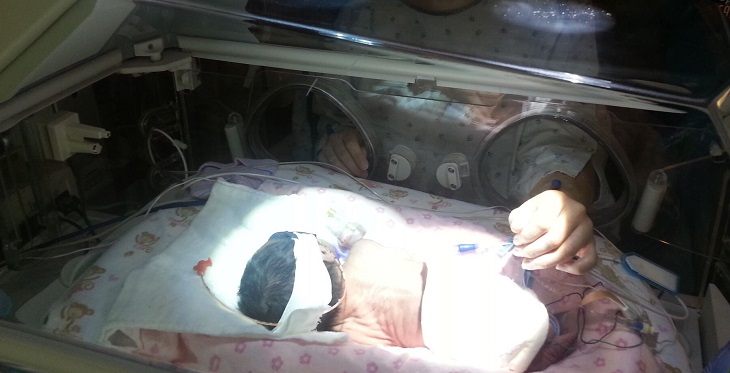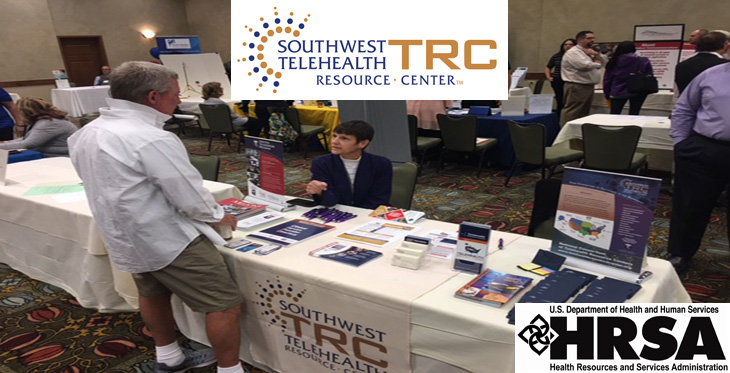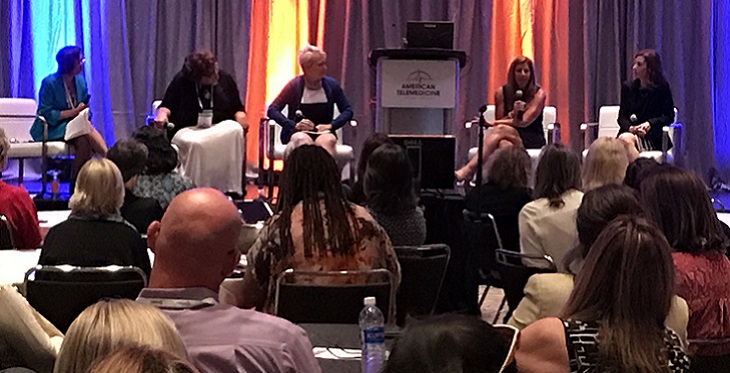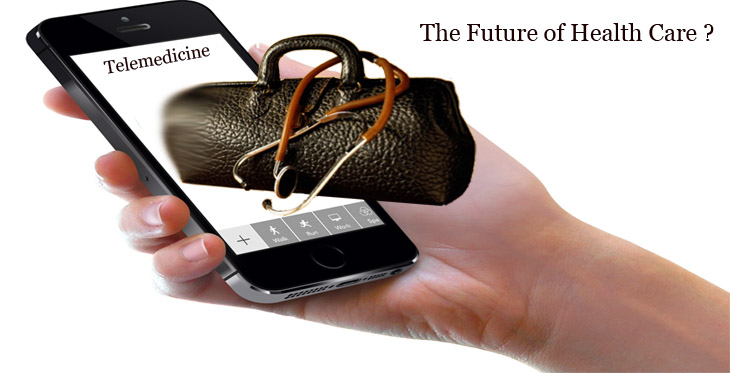Smart Ways to Get Peace of Mind With Aging Parents

With a large generation entering retirement and quickly approaching their senior years, a growing segment of the population is seeking ways to stay in touch with, and care for, their loved ones. The good news is that today’s smart home technology makes it simple to care for aging parents, whether they live with you or are hundreds of miles away. Here are a few key functions and products to consider that can provide peace of mind.










